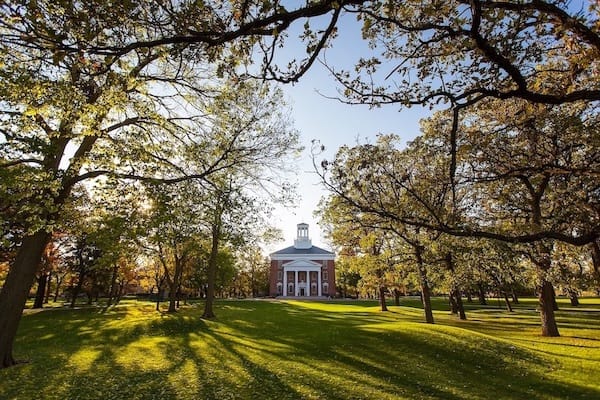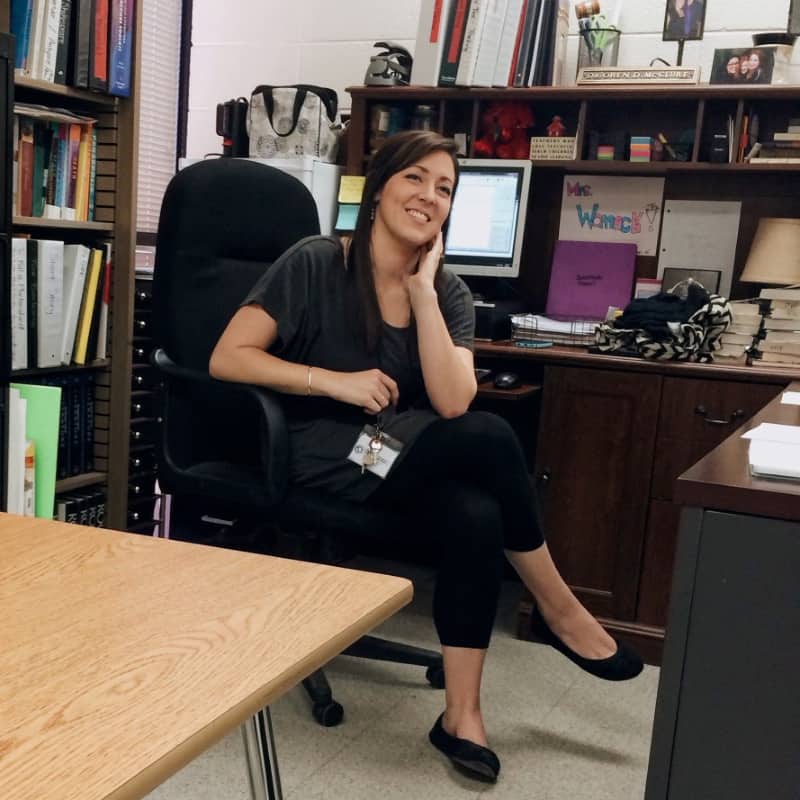There are more than 200 liberal arts colleges in the United States, and size and location have long been a challenge for all but the most elite among them. In the very first phase of their college search, students often make a definitive determination about size, eliminating a whole set of schools that have the attributes they desire. And colleges in rural locations are often summarily dismissed in favor of urban counterparts.

But, the way parents and students think about size and place has changed over time. What was once a challenge for small, rural liberal arts colleges may now be a straight-up virtue — one magnified by their ability to respond quickly and imaginatively to any circumstance. Smaller schools in rural areas can be nimble and institutional nimbleness is always a major plus.
The top four reasons that small, rural liberal arts colleges merit attention
Reasons for students and families to seek out small, rural liberal arts colleges are manifold. These colleges have many existing distinct and compelling strengths. As acceptance letters arrive for current high school seniors, and as the recruitment of juniors gears up in the coming months, here is why these colleges — too often not on the radar, to begin with — merit serious attention.
1. They put good teaching first
In the first analyses of the shift to remote learning, the most important reaffirmation is the primacy of active learning to student success. Well designed and delivered courses —whether in person or remote — put the learner at the center, with clear and measurable learning objectives. Small liberal arts colleges, where teaching is a practice equal to scholarly work, are rightly known for their commitment to student-centered education.
Additionally, small liberal arts colleges have the most generous student-to-faculty ratios and typically employ the fewest adjunct faculty. This means students have sustained engagement with faculty who get to know them over time as teachers and advisors invested in their progress and success. Opportunities for guided research and independent studies are more readily available, as are conversations beyond the classroom, as faculty often live on or near campus.
2. They embrace place
A downside of rural locations for students is the limited range of social and cultural opportunities, opportunities in natural abundance in or near cities. Students from urban areas also worry — rightly — about less diversity, both locally and on campus, as small, rural colleges have to work harder to attract and retain students, faculty, and staff of color. These are real challenges of location and colleges must address them.
The upside of remote locations can, however, be enormous. These colleges excel at using their surroundings as labs for learning, whether it is at ecologically-focused campuses like The College of the Atlantic or Sterling College, or at those who dig into the critical raw material of place to imagine forward-looking solutions to national issues in areas such as population health or digital gaps.
3. They include institutions that exist to push the boundaries
Among small, rural liberal arts colleges is a subset of schools founded — at different times and for different reasons — to challenge the status quo in higher education and to turbocharge the notion of education as an engine of social good. These experimental, progressive institutions (of which Bennington College is one) focus on the development of both the individual and social self.
They do this by breaking down the walls between what is studied on campus and what is happening in the world, eschewing prescribed pathways for students (majors and minors) in favor of frameworks of students’ own design, which allow them to draw on the tools and insights of multiple fields to understand and tackle urgent problems. At many progressive colleges, letter grades are optional, and given only upon request. Narrative evaluations lay out a student’s progress — against their own potential — and encourage them to reach deeper in themselves.
4. They can be surprisingly affordable
Private institutions typically offer much more generous financial aid packages to top-choice students, as an incentive in an increasingly competitive market. This “merit” aid, as it is known, is less frequent at public colleges, where financial aid is predominately need-based and tied to a family’s federally determined expected contribution.
Merit aid is bad news for private colleges and their bottom lines, but good news for students and families, as journalist Jeffrey Selingo argues in his excellent book, Who Gets in and Why: A Year Inside College Admissions.
The value and viability of liberal arts education have long been under the microscope. And yes, small, rural colleges have added vulnerabilities, such as more limited endowments and increased tuition dependence. But the prediction of their widespread demise hasn’t come true. On the contrary, many have entered into periods of renewal, looking to their missions to answer critical questions about how to serve a rapidly evolving world. In this, they model the problem-solving skills that they want their students to acquire.
The pandemic has made choosing a college — already an overwhelming process — even more complicated. But if it opens more eyes to small, rural liberal arts colleges, that will be a good thing. They should have been more visible all along.
More to Read:
How to Help Teens Find a Good College Fit, From a University President









